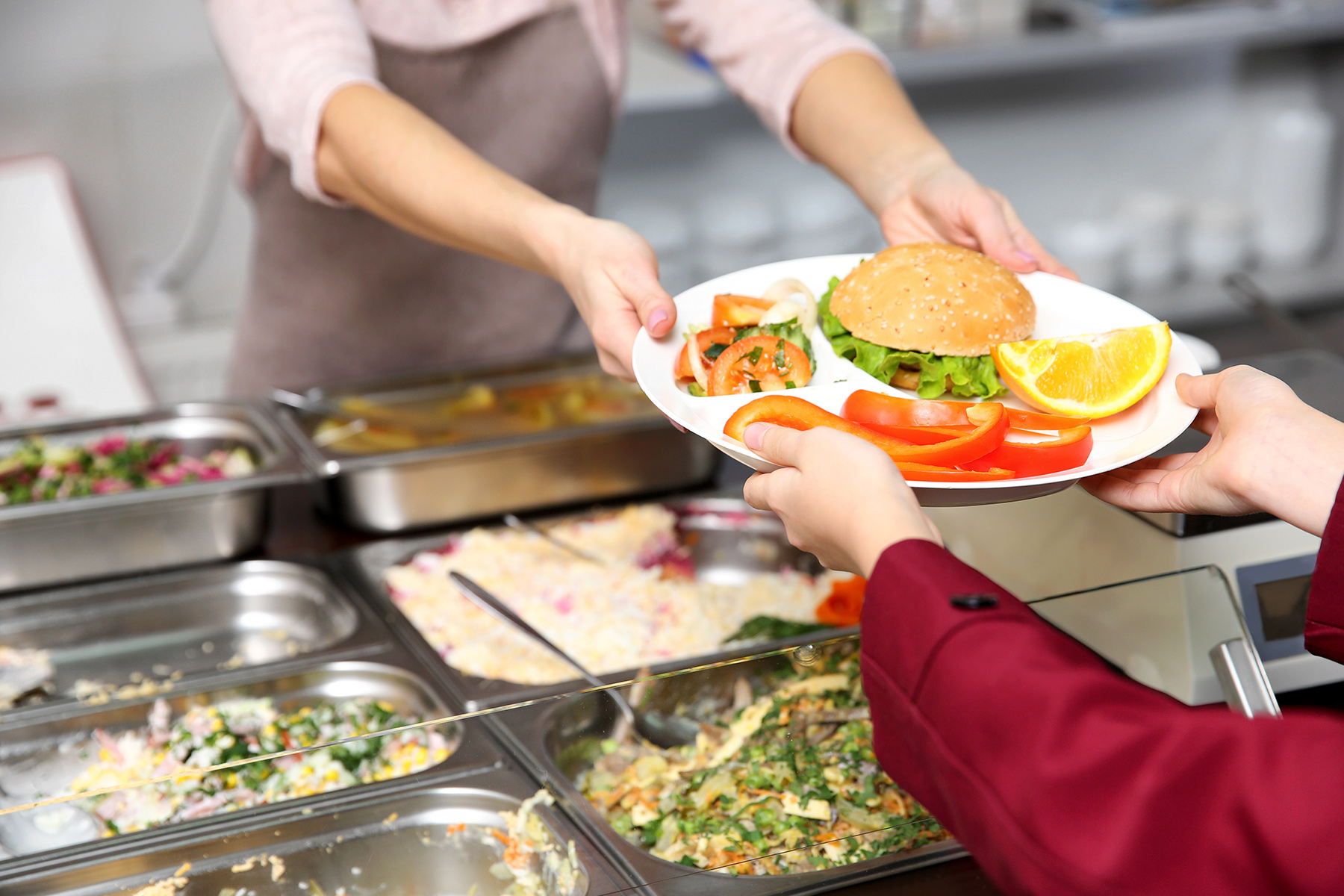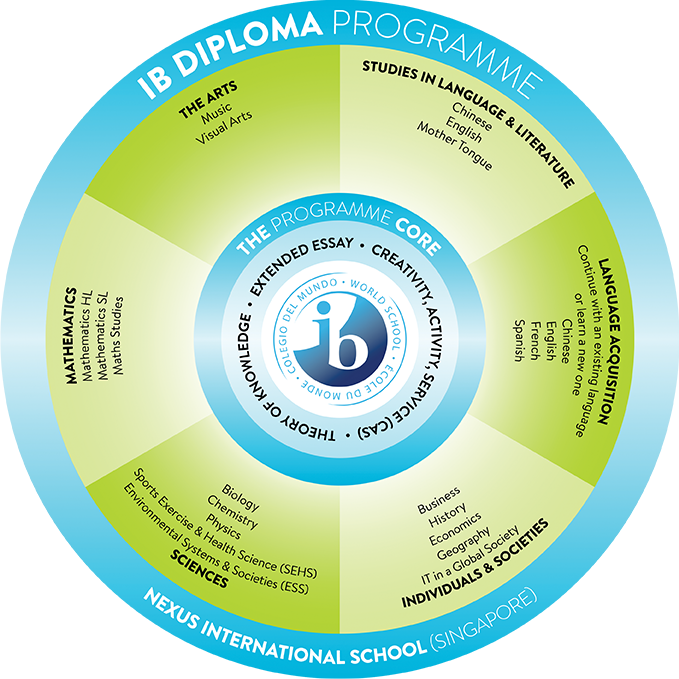By Benjamin Gorisek-Gazze, Year 12
Did you know that Geneva has the most expensive Big Mac in the world? Geneva is notorious for being one of the most expensive cities to live in and this especially applies to food. For an LGB student, eating is not cheap. The cafeteria sells hot food but at a hefty price and it can be difficult to find something cheap and worthwhile in the surrounding area. Nevertheless, most students find a routine that works for them. However, the area is currently seeing price increases due to inflation in a number of places such as the cafeteria and even Dieci.
I asked a long-time LGB year 12 student, Yujin Wang, how this affected him.
What would you describe as the most cost-effective way to eat? Inside or outside of school?
I’d say, it depends on how hungry I am. The cafeteria offers the largest portion as it allows for seconds which I can get until I’m full. However, I occasionally choose to go to the Migrolino near Gare Eaux-Vives for a quick sandwich which is around 8 CHF. Cheap compared to the standard Caf price of 12 CHF per meal. Rarely, about once a week, I go to further restaurants such as the ones near Rive for a nice meal.
Have you noticed price increases in the cafeteria? If so on what?
Certainly, the prices of the main menu remained the same, but, I noticed a general decrease in a single serving size. Although this is compensated by being able to get seconds. However, plenty of people who are in a hurry are not able to take advantage of this service. In addition, I noticed the inclusion of many, quite expensive, dessert options that have tiny portions. If I remember currently, upon my first arrival at this school, the desserts used to have a standardized price of 2 CHF and contained much larger portions. This, I believe, is a sign of inflation affecting our cafeteria.
Have you noticed price increases outside of school? Where?
Affirmative. A good measure of this inflation is the protein milk stocked daily on the shelves of Migrolino. As a person who is athletically active, I frequently get additional protein from the drink, as it is usually the most cost-effective option. It has been priced at 1.90 CHF for many years. However, last September, the price was increased to 1.95 CHF per carton. Though it might sound like a small amount, the effect of the rapid growth of inflation, which increased the previously fixed price of a common item, cannot be ignored. Furthermore, the price was recently increased again to 2 CHF, which, considering how long it went without a price increase in the past, truly confirms the rapid inflation we have today.
How have these affected your eating habits/locations? Is it easy to get enough food for a good price?
Not really. My eating habit has not been particularly affected by the marginal increase in prices of a few everyday items. However, I did notice myself considering my financial decisions a little more before making the purchase, as the price no longer matches with what I had in mind. I believe that further inflation and increases in price might repel me from certain items.
Have you noticed general inflation during your time in Geneva? Would you describe these price changes (cafeteria & outside) as fair?
I believe the increase in price is necessary for businesses to maintain profit margins. Examining the protein milk at Migrolino, the price increased by around 5.3% over the past 2 years, while inflation was about 5.5% over 2022 and 2023 (compounded). Therefore, it seems like the price changes were necessary, rather than based on corporate greed.



